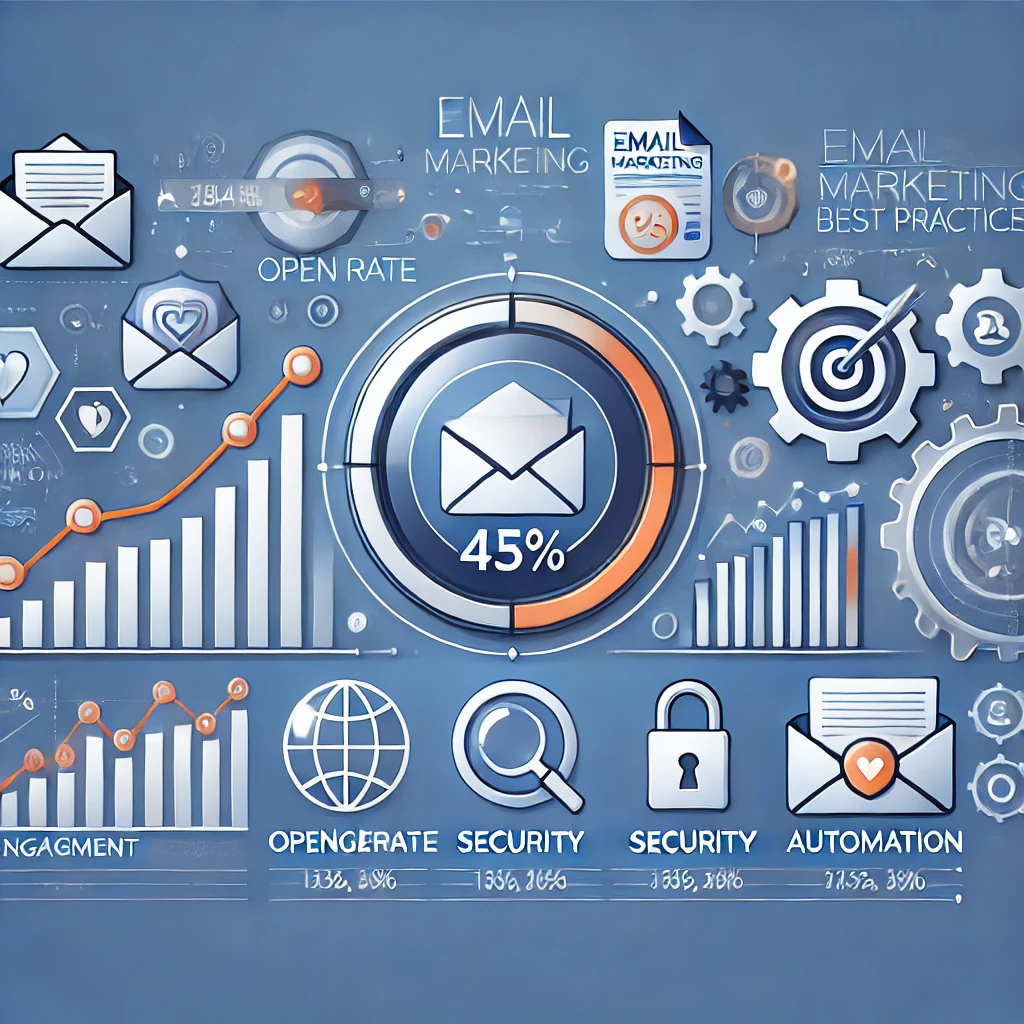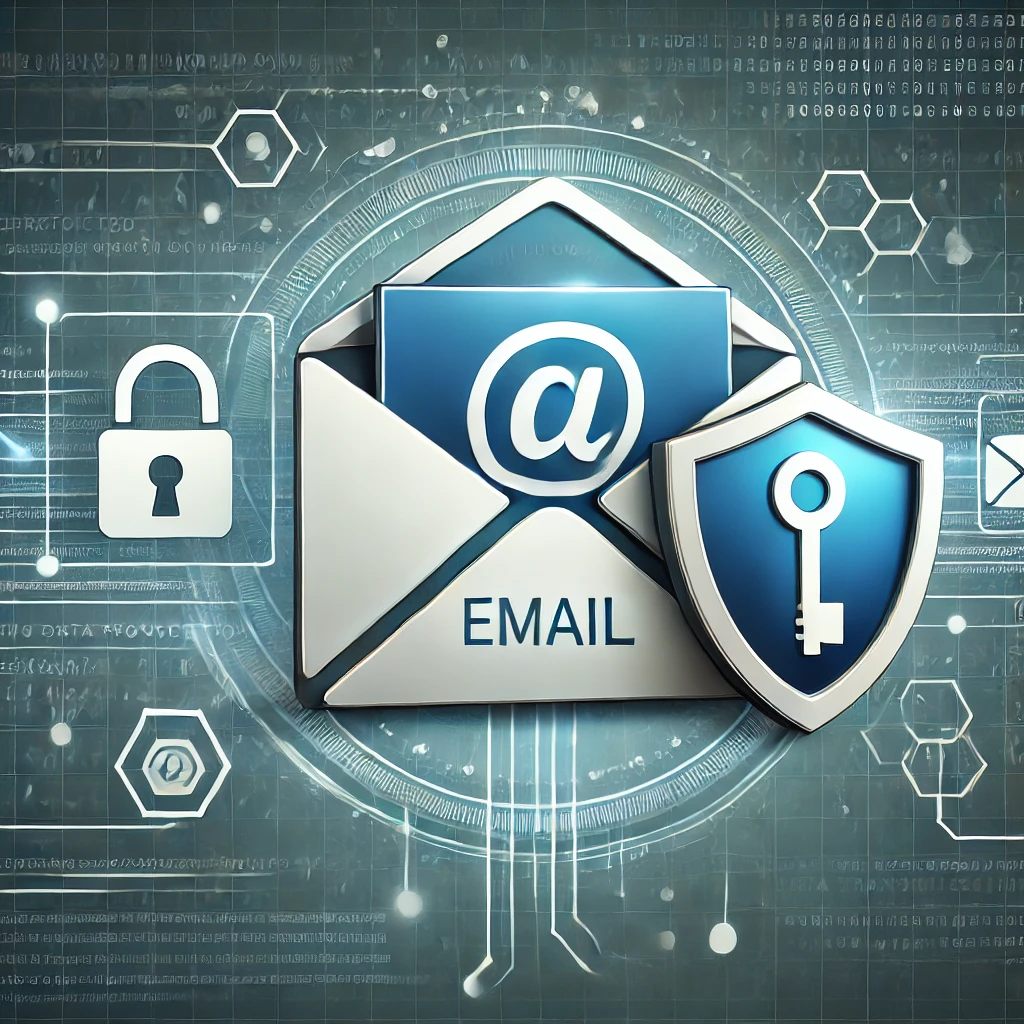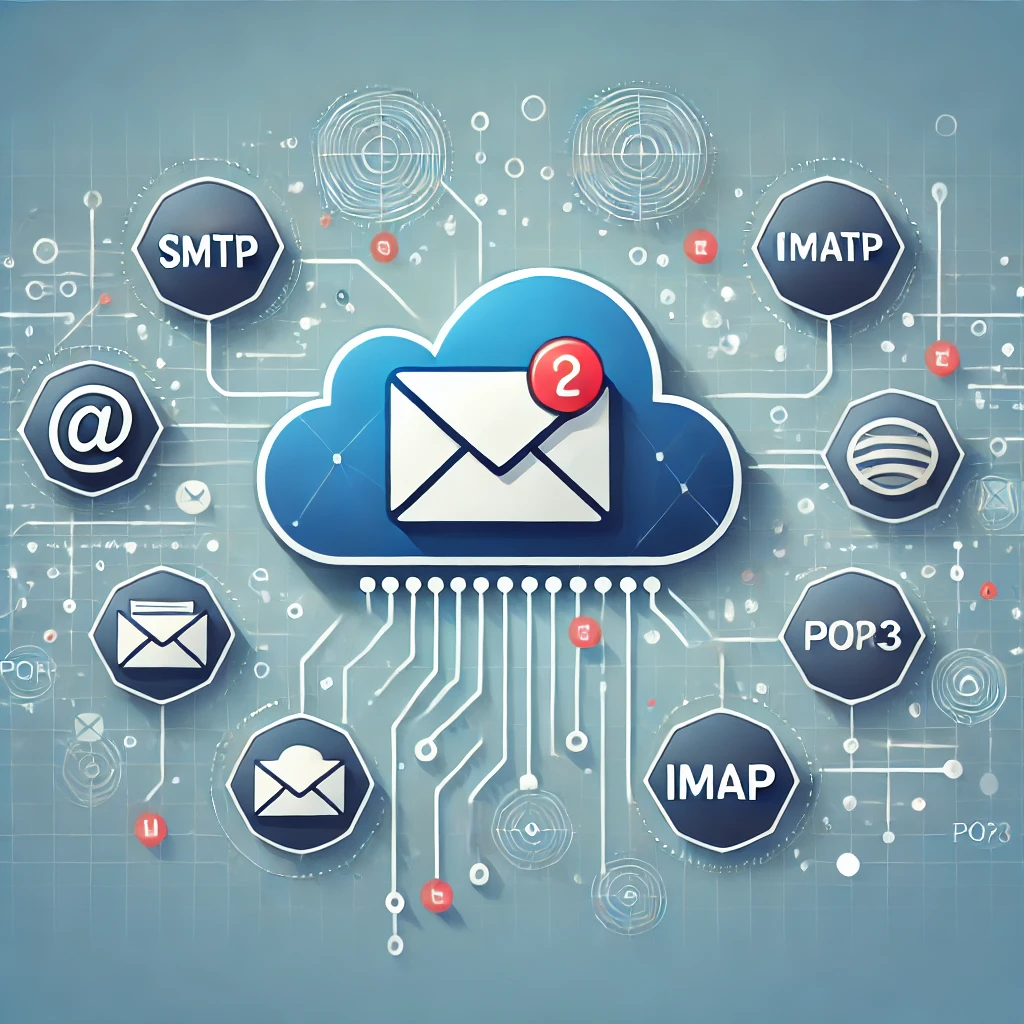Email Marketing Best Practices: Strategies That Actually Work
Disclosure: This post contains affiliate links. As an Amazon Associate, I earn from qualifying purchases—at no extra cost to you.
Email is still the most personal and profitable way to reach your audience—when done right. But too many small businesses treat it like a one-way street, sending out bland promos and wondering why open rates sink lower than a spam filter’s patience.
To get real results, you need to master the art (and science) of email marketing. Whether you’re nurturing leads, launching products, or simply staying top-of-mind, this guide will walk you through proven best practices that turn subscribers into superfans.
Start With a Clean, Targeted List
The foundation of effective email marketing is your list. It’s better to have 1,000 engaged subscribers than 10,000 ghost readers. Avoid buying email lists at all costs. Instead, build your own through opt-ins, lead magnets, and value-driven offers. Use segmentation to tailor your messaging because a cold lead and a loyal customer should never get the same email.
Craft Subject Lines That Spark Curiosity
Subject lines are the gatekeepers of your campaigns. The goal? Get opened. The best subject lines are short (under 50 characters), specific, and emotionally resonant. Test them like your ROI depends on it—because it does. Try A/B testing to see what gets the best open rates, whether it’s urgency, curiosity, or a little bit of mystery.
Personalize Beyond the First Name
Modern subscribers expect relevance. Go beyond “Hi [First Name]” and personalize based on user behavior, location, or purchase history. Recommend products they browsed. Send birthday deals. Trigger a re-engagement email if they’ve gone quiet. Show your subscribers you’re paying attention—and they’ll pay attention back.
Focus on Value, Not Just Sales
Every email should answer the unspoken subscriber question: “What’s in it for me?” Educational content, exclusive tips, free resources, and community updates build trust and keep people engaged long-term. Save the hard sell for special launches and promos—use the rest to nurture, entertain, and inform.
Test and Track Relentlessly
Email is one of the most measurable marketing channels—use that to your advantage. Track open rates, click-through rates, conversions, and unsubscribe rates. Test different sending times, formats, calls to action, and subject lines. What works for one audience may flop with another. Let the data drive your decisions.
Secure, Scalable Sending With SMTP2GO
Behind the scenes, email delivery is just as important as what you send. SMTP2GO is a powerful, cloud-based SMTP service that ensures your messages actually land in inboxes—not spam folders. It offers real-time analytics, bounce tracking, and GDPR-compliant infrastructure, making it an excellent backbone for any serious email marketer. Plus, it integrates seamlessly with most email platforms, so you don’t need to be a tech wizard to use it.
Conclusion: Consistency Beats Perfection
The best email marketing isn’t about one perfect campaign—it’s about showing up consistently, providing real value, and learning from every send. Follow these best practices, and your subscribers won’t just open your emails… they’ll look forward to them.







